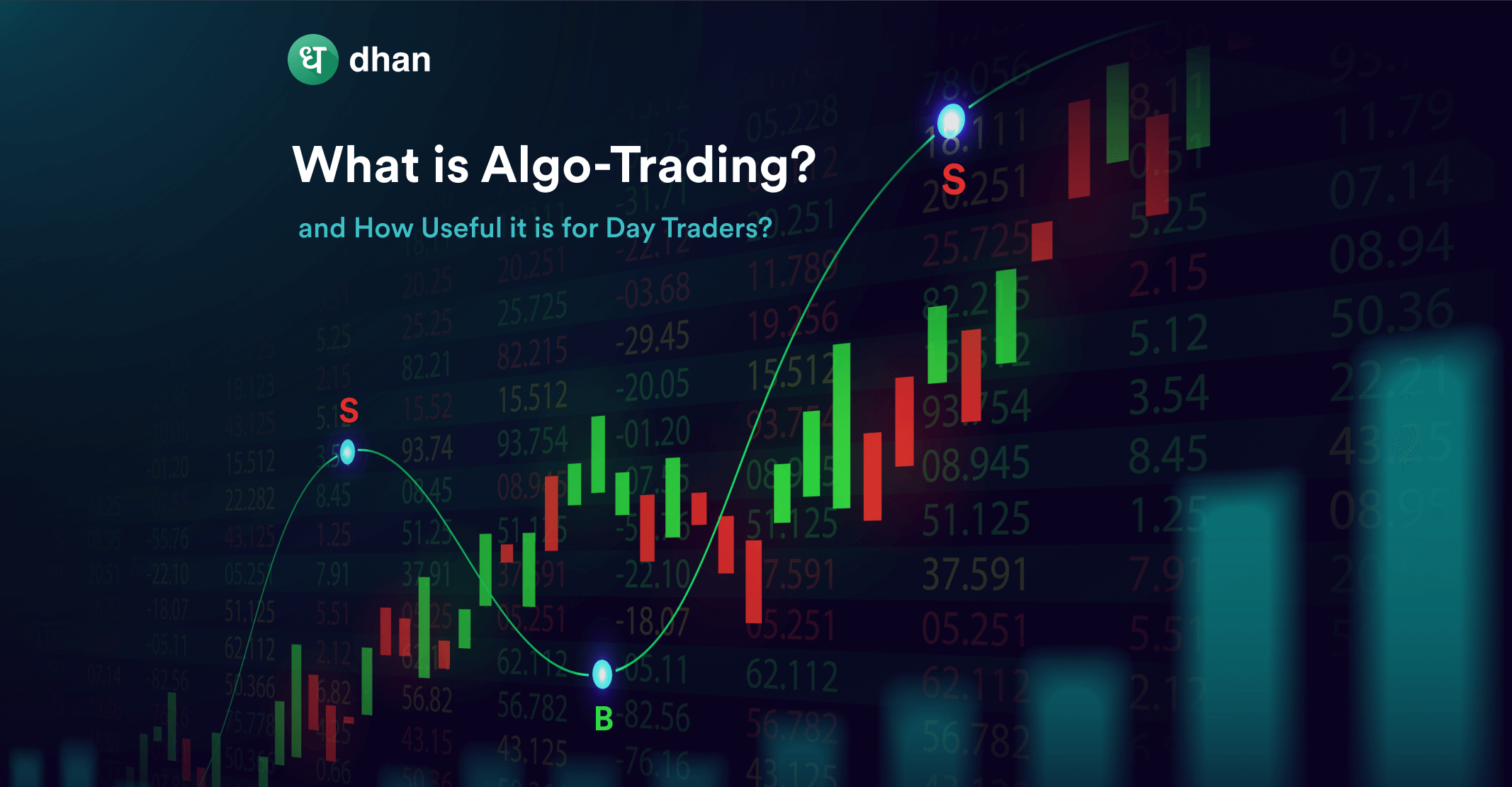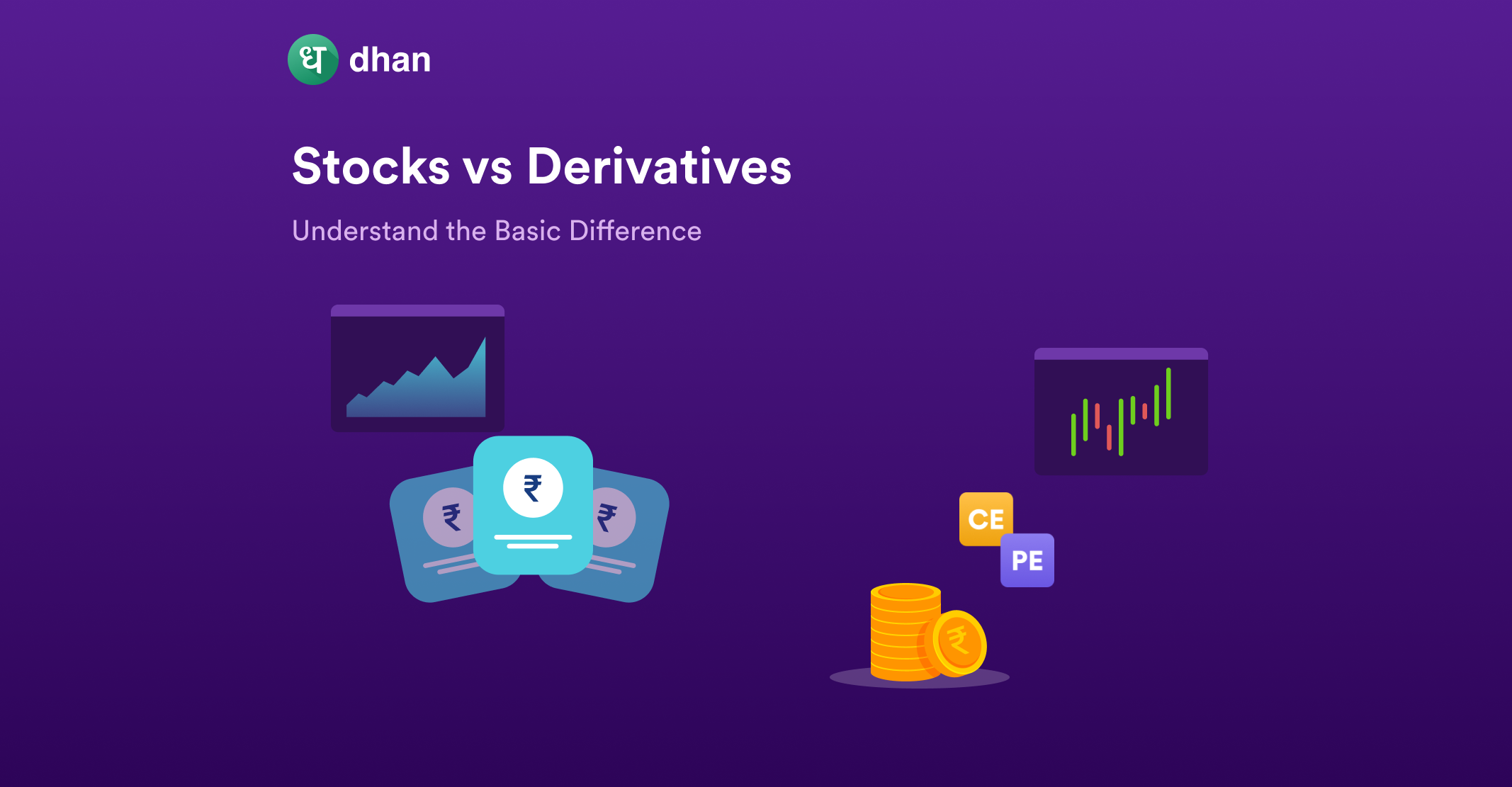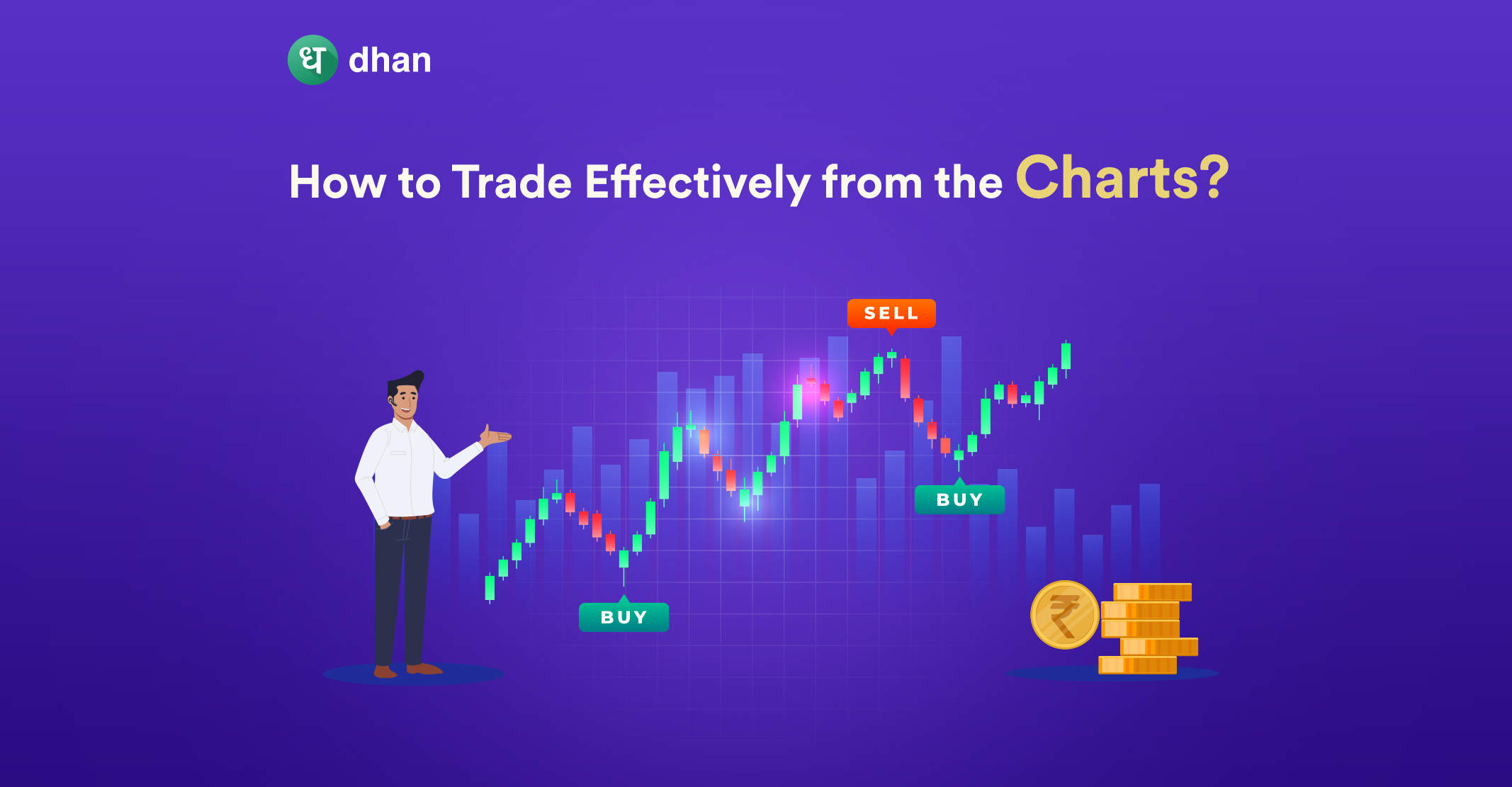Trading in stocks, futures, and options requires speed & efficiency, especially if you want to book a profit. Modern gadgets have improved human efficiency to an extent when it comes to trading.
That said, it remains an uphill task to monitor the intricacies of the securities market. This is where computer algorithms and algo-trading can become powerful tools.
What is Algo-Trading🤔?
Algorithmic trading is the process of buying or selling stocks with the help of a computer algorithm. The trading algorithm is generally programmed to follow preset rules and conditions.
Think of triggers like timing, price, or others that can be a part of a mathematical model. This can allow a trader to incorporate speed and efficiency into their stock trading strategy.
Furthermore, Algo-trading may present an opportunity to generate better profits. The logic? Humans are not known to be as quick and seamless as computers. That’s not all.
Algo-trading boosts liquidity in the market as it is known to reduce the difference between the bid and ask price (also known as spreads). It also reduces the impact of adverse selection, a situation where either the buyer or seller is privy to information that the other isn’t.
Not to forget, algo-trading negates the impact of human emotion in trading. Now that you know what algo-trading is, let’s dive into an example to see it in action.
Algo-Trading in Practice

So far, we’ve discussed that algo-trading makes use of custom algorithms that act on triggers. To understand this better, take a look at these two examples.
- When the 50-day moving average of a company crosses the 200-day moving average, buy 50 shares
- When a stock’s 50-day moving average falls below its 200-day moving average, it is time to sell
Using these two simple commands, a computer software program will automatically monitor the stock price and generate buy-and-sell orders when the conditions are met.
You as a trader will no longer need to manually enter orders or examine current prices and data. The online trading opportunity is determined automatically and reliably by the algorithmic trading system.
List of Algo-Trading Strategies
The example that we spoke about before is just one simple way of how algo-trading works. Truth is, there are several standard algo-trading strategies that traders use, all of which are optimized to generate profits.
1. Trend Following Strategies
Trends are indicators that traders use to buy and sell assets. Examples of trends include moving averages, channel breakouts, price level variations, and other technical indicators.
These are commonly used in algorithmic trading models to identify favorable patterns that occur frequently but are basic and straightforward.
Algo-trading of this kind negates the need for complex predictive analysis. Moreover, trend-following strategies do not predict or forecast price movements.
That’s why a trend-following strategy is relatively straightforward to implement when using algorithmic trading.
2. Arbitrage Opportunities
Imagine you buy a Reliance Industries stock that’s listed on multiple exchanges. On one exchange, the price is Rs. 2,513 while on the other, it’s Rs. 2,515. You sell the same stock on the other exchange and book a profit.
This is known as an arbitrage opportunity. Creating an algorithm to identify arbitrage opportunities can save time which is super important for traders.
More importantly, it can lead to small wins regularly. In fact, because price differentials occur regularly, this technique can be used to compare stocks and futures.
3. Index Fund Rebalancing
Index funds are known to mirror indices like Sensex, Nifty 50, and others. That’s why an index fund has to periodically rebalance its holdings when an index is tracking changes.
This may present a lucrative opportunity for algo-traders. Training your algorithm to spot or track an index fund’s activities can help you quickly profit from the rebalancing activity.
4. Trading Range
Assume a security’s price trades at a high or a low for consistent periods of time. This would offer a range for traders to monitor. Once the security surges above or below the range, traders can use algorithms to spot opportunities to buy or sell the security.
Conclusion
Algo-trading makes use of algorithms trained to identify predefined triggers, actions, and indicators. These algorithms can help traders spot buying or selling opportunities in the securities market.
⚡ Speed and efficiency are some of the reasons why algo-trading is popular among traders. Think of it as your own PA who’s scoping the market based on what you’ve asked it to do.
Believe it or not, algo-trading isn’t a new concept. It’s been around since the 1980s and has gained popularity in parallel with the rise of technology. Learn more about stock market trading here.
You can also read:
- How to Trade Effectively by Trading Directly from Charts?
- How To Find Stocks for Intraday Trading?
- What is Intraday Trading in Stock Market?
- What is Trading Psychology – Importance and Ways to Improve
Happy Trading 📈
Disclaimer: This blog is not to be construed as investment advice. Trading and investing in the securities market carries risk. Please do your own due diligence or consult a trained financial professional before investing.




Comments are closed.